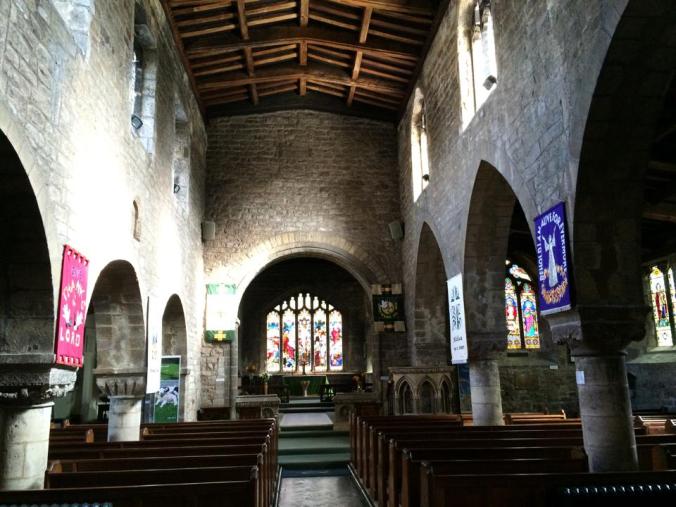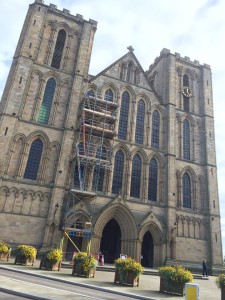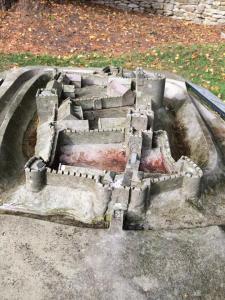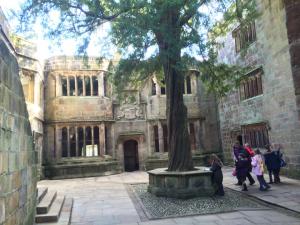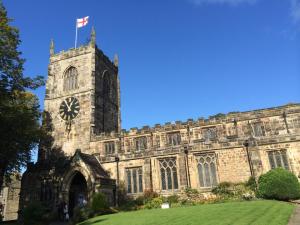
Lady on Horseback, mid-15th c., British Museum
It is tempting to think that the British Isles contain all the sites associated with Richard III’s life. Of course, that’s not true. Richard lived abroad twice, first in 1461 and again in 1470-1. On both occasions, he had fled England in order to save his life and wound up living in lands controlled by the Duke of Burgundy. The Duke, a descendant of a junior branch of the French royal house of Valois, maintained the most glamorous and sophisticated court in all of Europe. So powerful were the Valois-Burgundian dukes that when Edward IV became king, he betrothed his sister Margaret to the heir of that duchy.
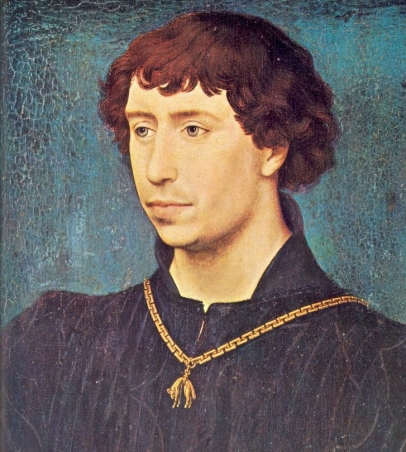
Charles the Bold, Duke of Burgundy (1433-1477). His third marriage was to Margaret of York, Edward IV’s and Richard III’s sister. He would be the last of the Valois dukes of Burgundy.
Margaret’s intended husband, Charles “the Bold” or “the Rash”, became Duke of Burgundy with the death of his father Philip “the Good” in 1467. Their marriage (Charles’ third) occurred in 1468 in a lavish wedding ceremony culminating with 10 days of festivities in Bruges. The marriage alliance had a profound impact on geopolitics, both in England and on the Continent. Edward IV would lose the support of Richard Neville, “the Kingmaker” Earl of Warwick, because he favored an alliance with France. France would take an aggressive stance against both England and Burgundy, and actively seek to thwart both regimes. Burgundy, the on-again/off-again ally of England, would generally fall into allegiance with its Anglo cousin. Although Margaret never bore Charles any children, she did take great delight in being a step-mother to Mary, Charles’ sole heir and daughter by his second wife. One of the reasons why Margaret did not have any children by Charles is that he was usually off fighting somewhere in his far-flung territories.

Map of territories held by the Dukes of Burgundy 1465-77. (By Marco Zanoli, Wikipedia Creative Commons)
Charles inherited an enormous assemblage of lands that gave him a revenue stream rivaling those of other European monarchs. In 1473, he even announced to the Holy Roman Emperor that he desired to form an independent sovereign state, with himself (naturally) its king. Bold, indeed! Charles wasn’t content, however, with his inheritance and he sought to expand and solidify his territorial holdings. His army entered the Duchy of Lorraine and seized Nancy in November 1475; he then proceeded to march south against the Swiss Confederation, doing battle against the Swiss at Grandson and then at Morat (Murten) in 1476. Behind his back, the Duke of Lorraine re-took Nancy while Charles was fighting the Swiss, and thus, in the Winter of 1476-7, Charles found himself moving his troops back to Lorraine in an effort to recapture Nancy. It was a fatal mistake. Charles’ army would be routed in the bloody Battle of Nancy and Charles slain in battle. His head had been cleft in two by a halberd, and his body could not be found amongst the battle detritus for two days. It had been stripped of clothes and jewels and the face was mangled, cut open and partly eaten by dogs or wolves, and it could only be identified by its long fingernails and battle scars. His death, like his third marriage, would have significant geopolitical consequences. His daughter Mary’s husband, Archduke Maximilian from the House of Hapsburg, would become Holy Roman Emperor. The lands that had been in the possession of the Dukes of Burgundy now became absorbed into the Holy Roman Empire, and then involved in the Wars of Religion and the horrific Thirty Years’ War of the 16th and 17th centuries. The border between France and Germany, at Alsace-Lorraine, would be disputed into the 20th century.
So what does this have to do with Gruyères Castle, you might ask? Well, the person who claimed to have killed Charles the Bold was the Count of Gruyères, who fought at the Battle of Nancy along with other mercenaries from the Swiss Confederacy. The Count’s family seat was in the Swiss Canton of Fribourg, where his ancestral castle overlooked the town of Gruyères. My husband and I discovered this, much to our surprise, when we visited in May 2017.
Gruyères is a bit of a tourist mecca for those visiting this part of Europe, as it has many attractions including the heritage cheese and some very impressive mountains. But most impressive of all is its castle, originally constructed in the 13th century in the “Savoyard” style. It is open to the public every day of the week, and contains several medieval features including a kitchen, receiving room, bedchamber, chapel, and ramparts. It also has a cape belonging to Charles the Bold as a knight of the Order of the Golden Fleece, which was taken as booty by the Swiss when they defeated Charles at the Battle of Morat (Murten).

Gruyères Castle – Cape of Charles the Bold, Duke of Burgundy, as a member of the Order of the Golden Fleece
The Count of Gruyères’ achievement at the Battle of Nancy is memorialized in a 19th century wall painting depicting him slaying Charles the Bold, along with other famous tales of the Counts of Gruyères.

19th century painting depicting Charles the Bold’s death by the Count of Gruyères at the Battle of Nancy
Gruyères itself is a perfectly preserved medieval town, with abundant hotels, restaurants, bars, and shops. There is a museum devoted to the contemporary Swiss artist H.R. Giger, who designed the aliens in the Alien movie series. If that isn’t your cup of tea, there is always scrumptious cheese fondue or local raspberries served with cream. You would certainly fare better with Gruyères than Richard III’s rash brother-in-law!
FURTHER READING:
Richard Vaughan, CHARLES THE BOLD (Boydell Press, 1973)





